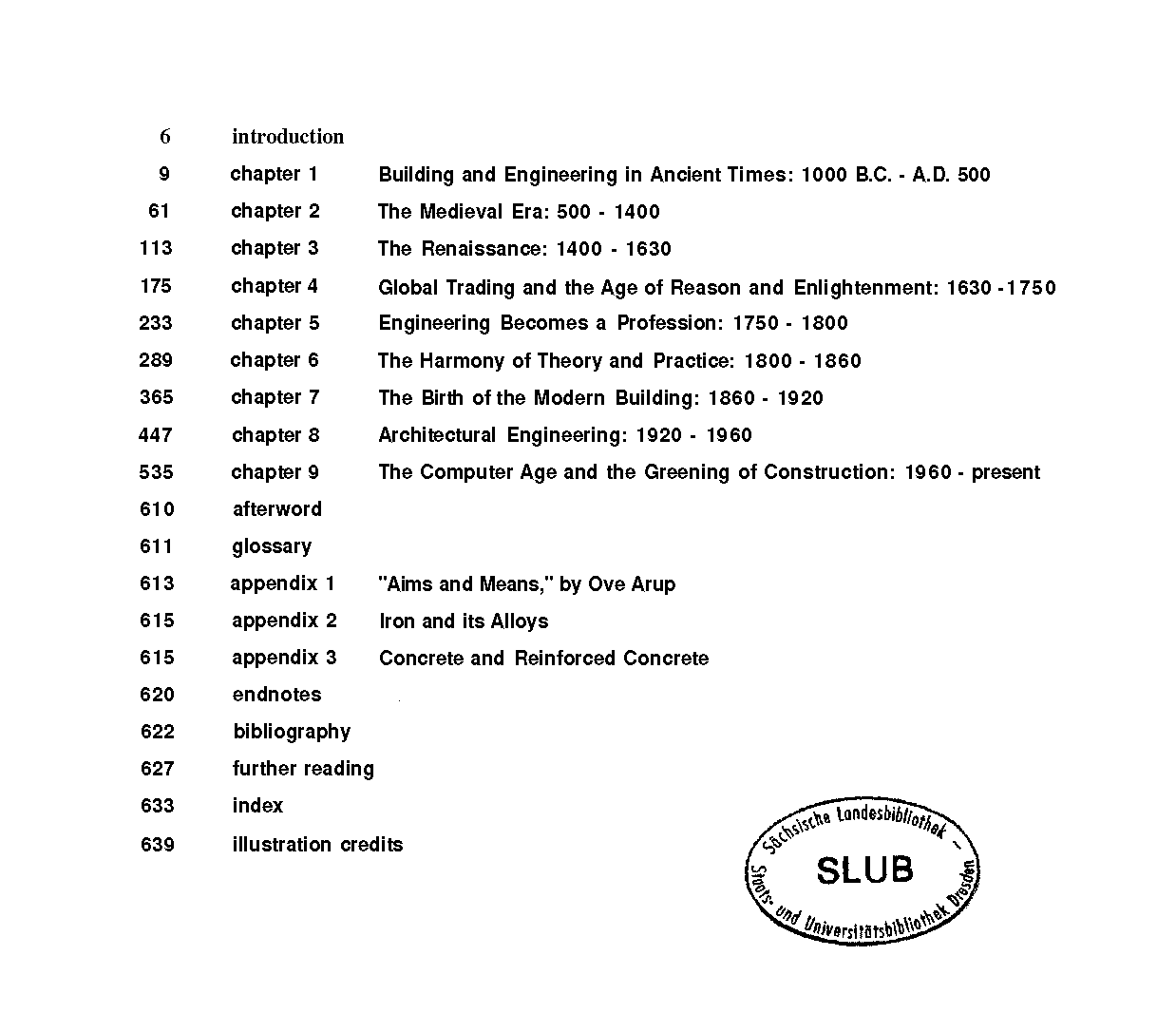………..In this collection of essays, twenty-five leading scholars reconsider the long history of proportional systems across numerous periods and places, and from diverse methodological approaches including archival exploration, advanced laser scanning, and more. Prior to the advent of modern structural engineering, architects and builders used proportional systems to imbue their works with a general condition of order that was integral to their intertwined notions of beauty and structural stability. These mostly invisible intellectual frameworks ranged from simple grids and symbolic numbers, to sly manipulations of geometry and numbers that required privileged knowledge and arithmetical calculations to access. Since the origins of architectural history, proportional systems have served as objects of belief and modes of iconographical communication. Whether they are capable of fulfilling more tangible functions remains a matter of debate today, for this ancient and diverse belief system continues to infiltrate architectural thinking in subtle and sometimes surprising ways……….




